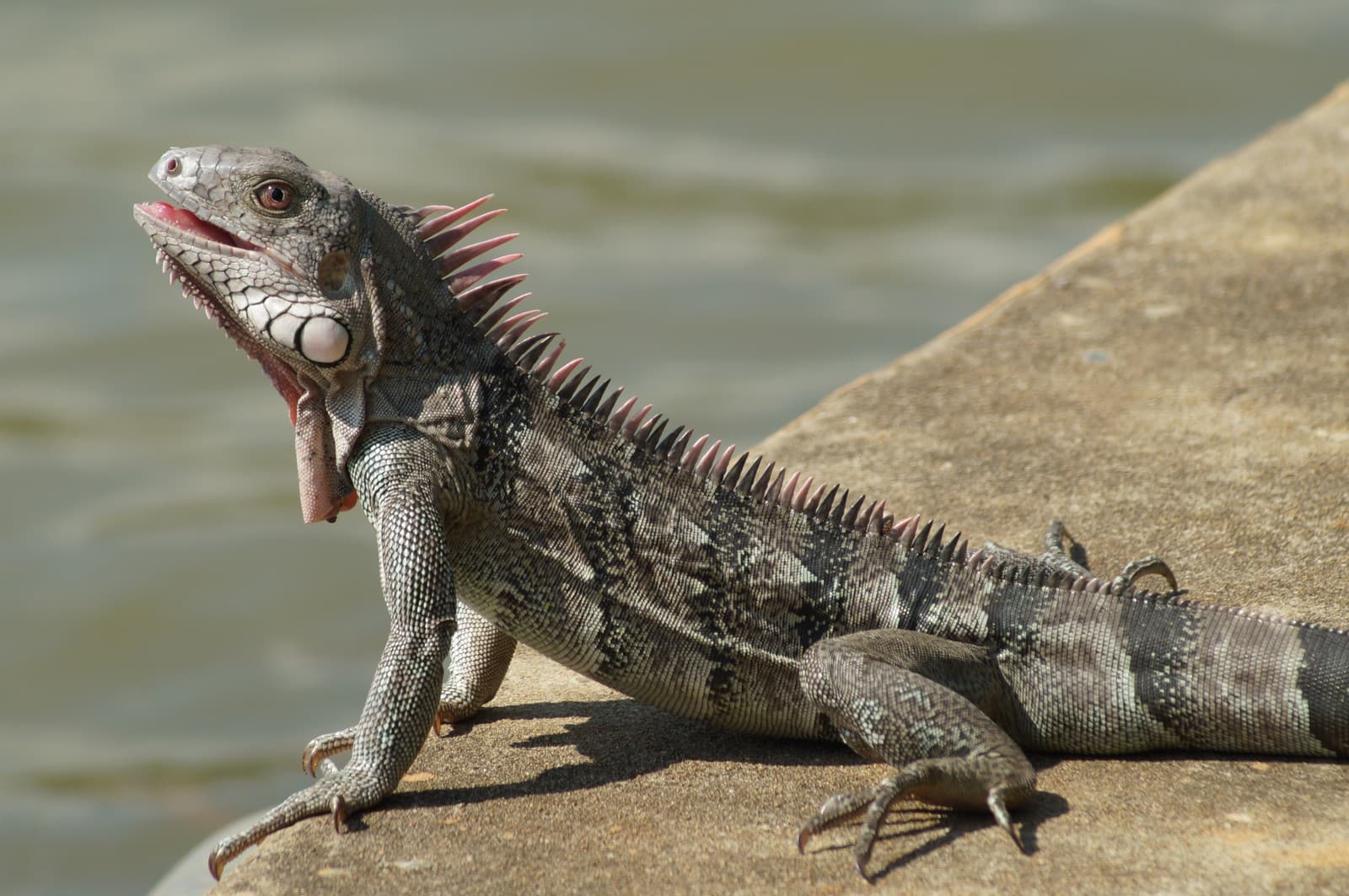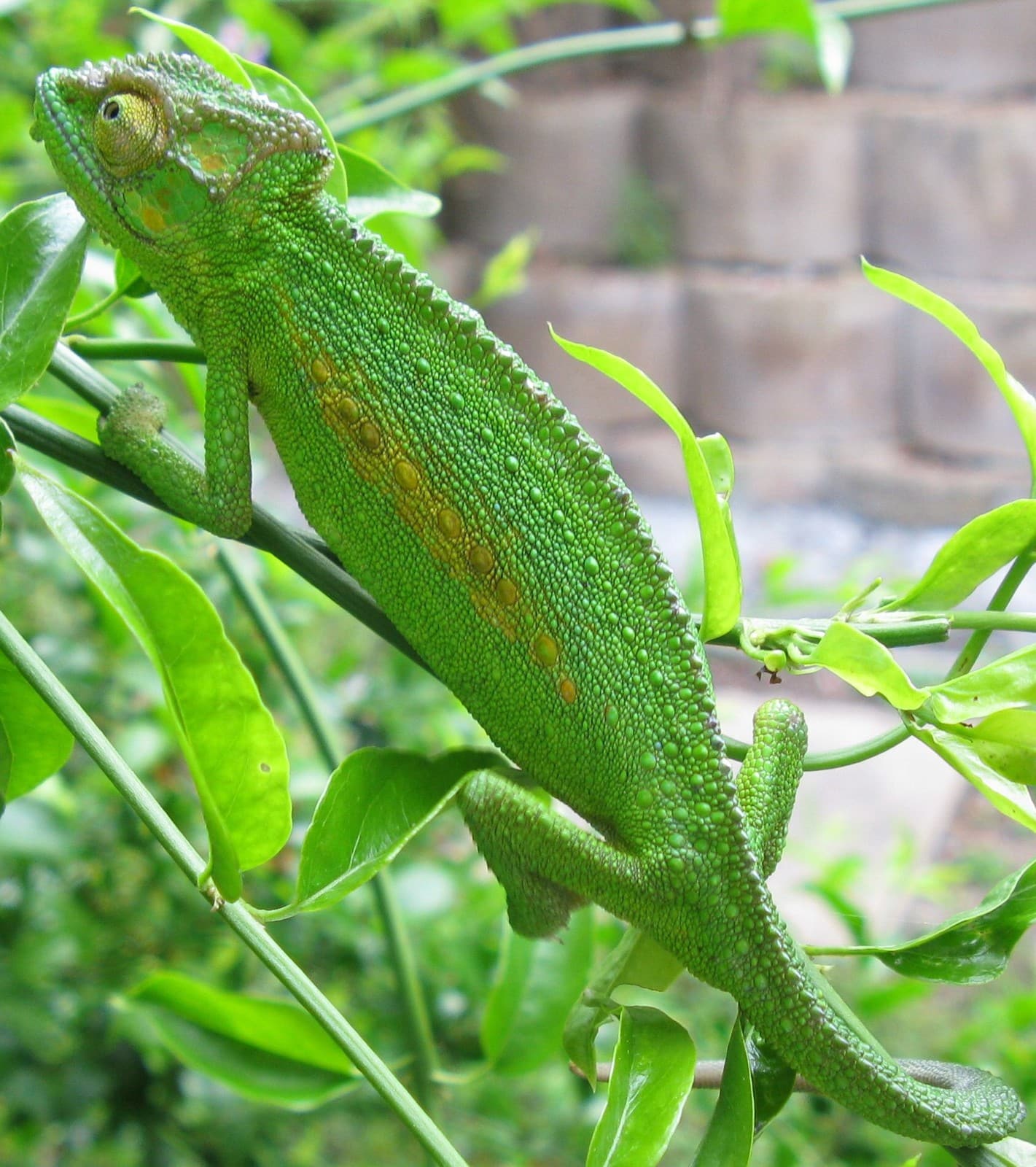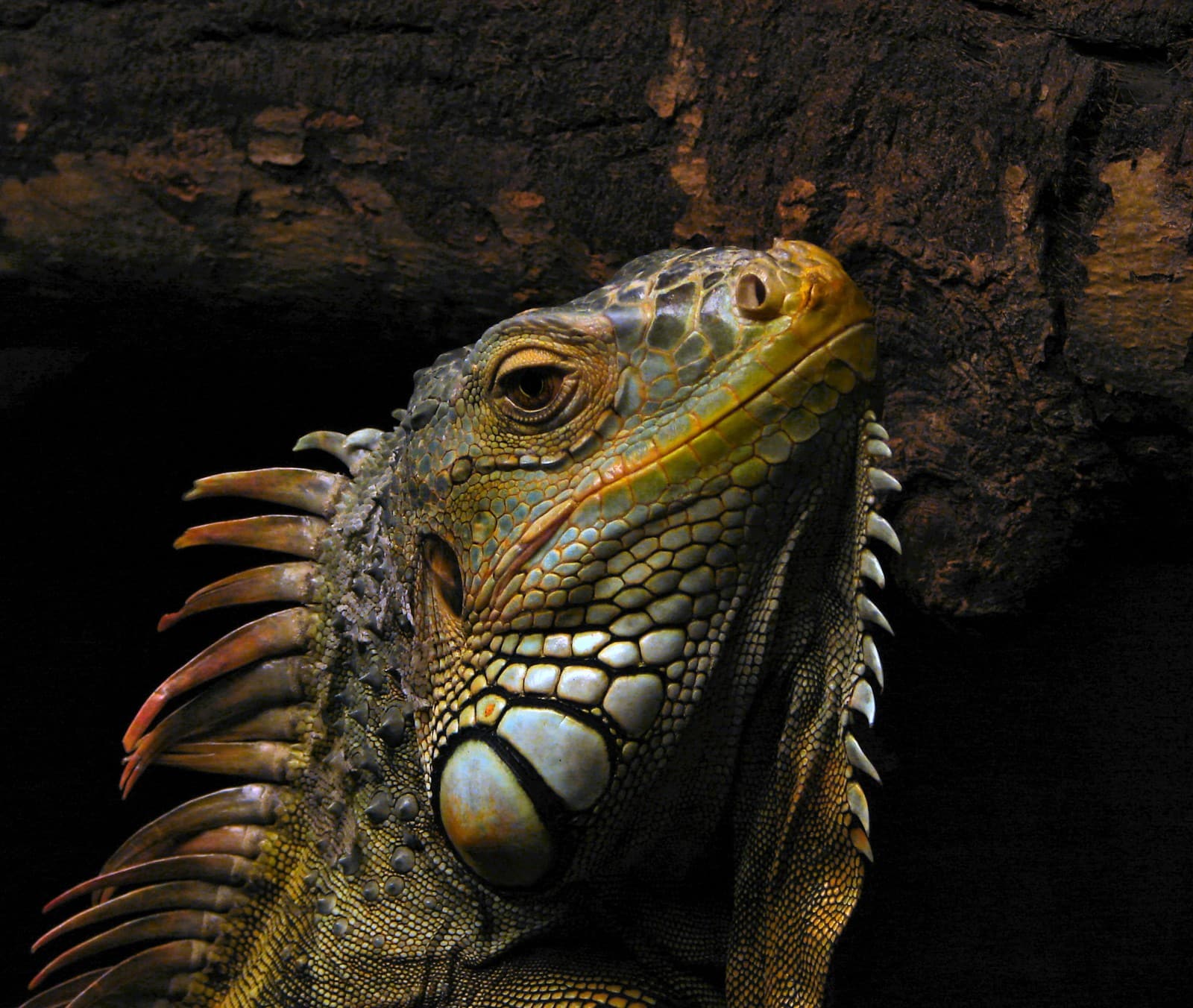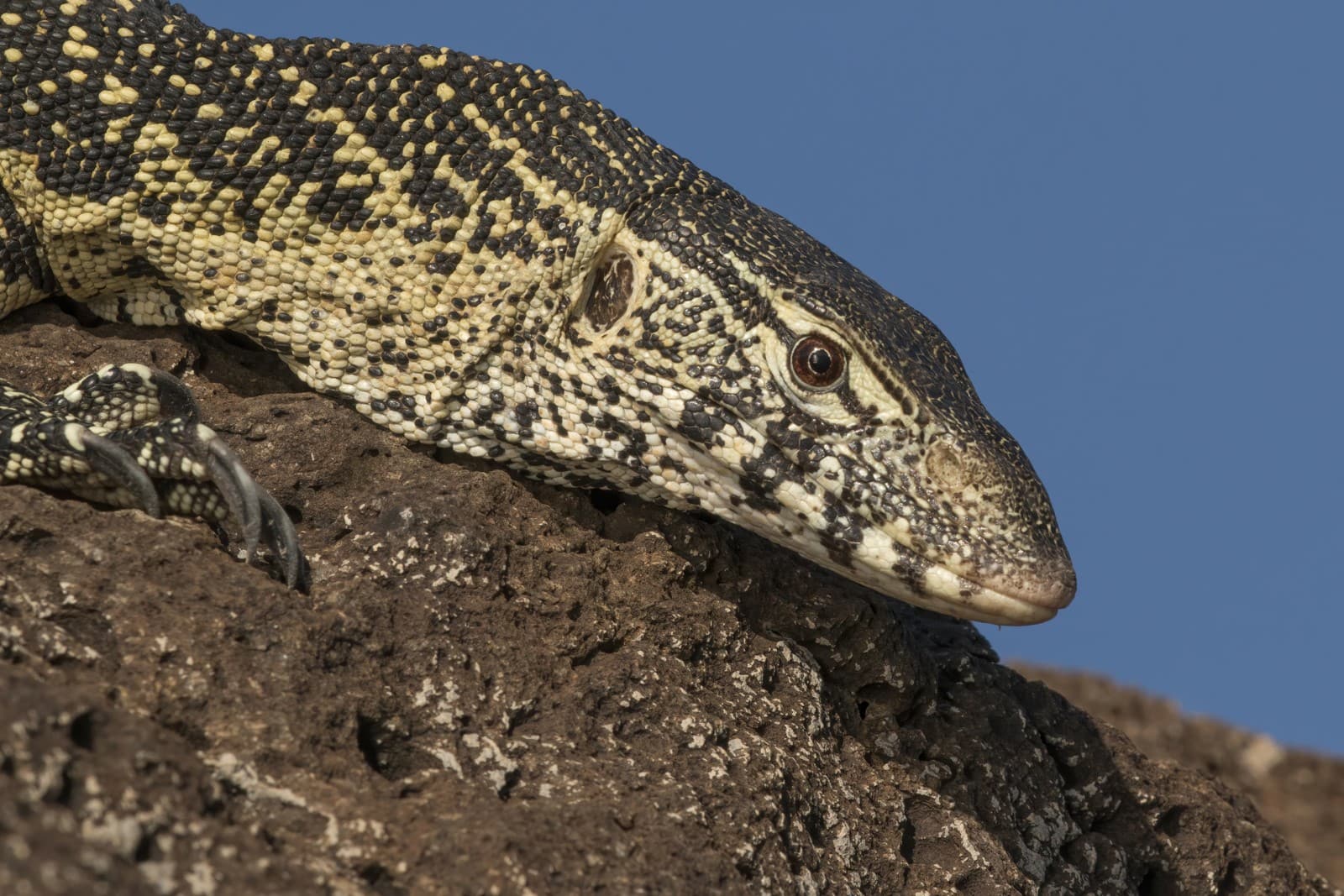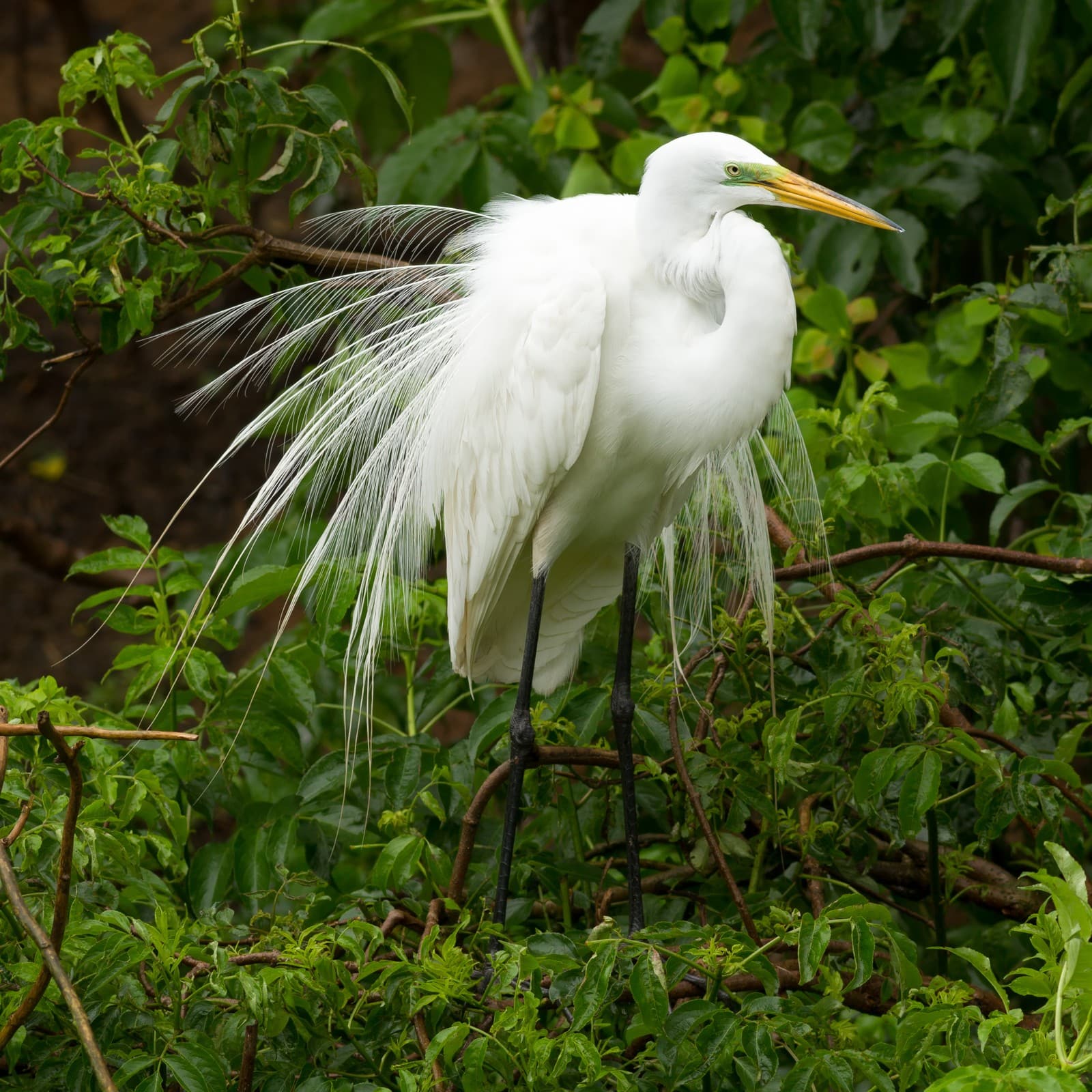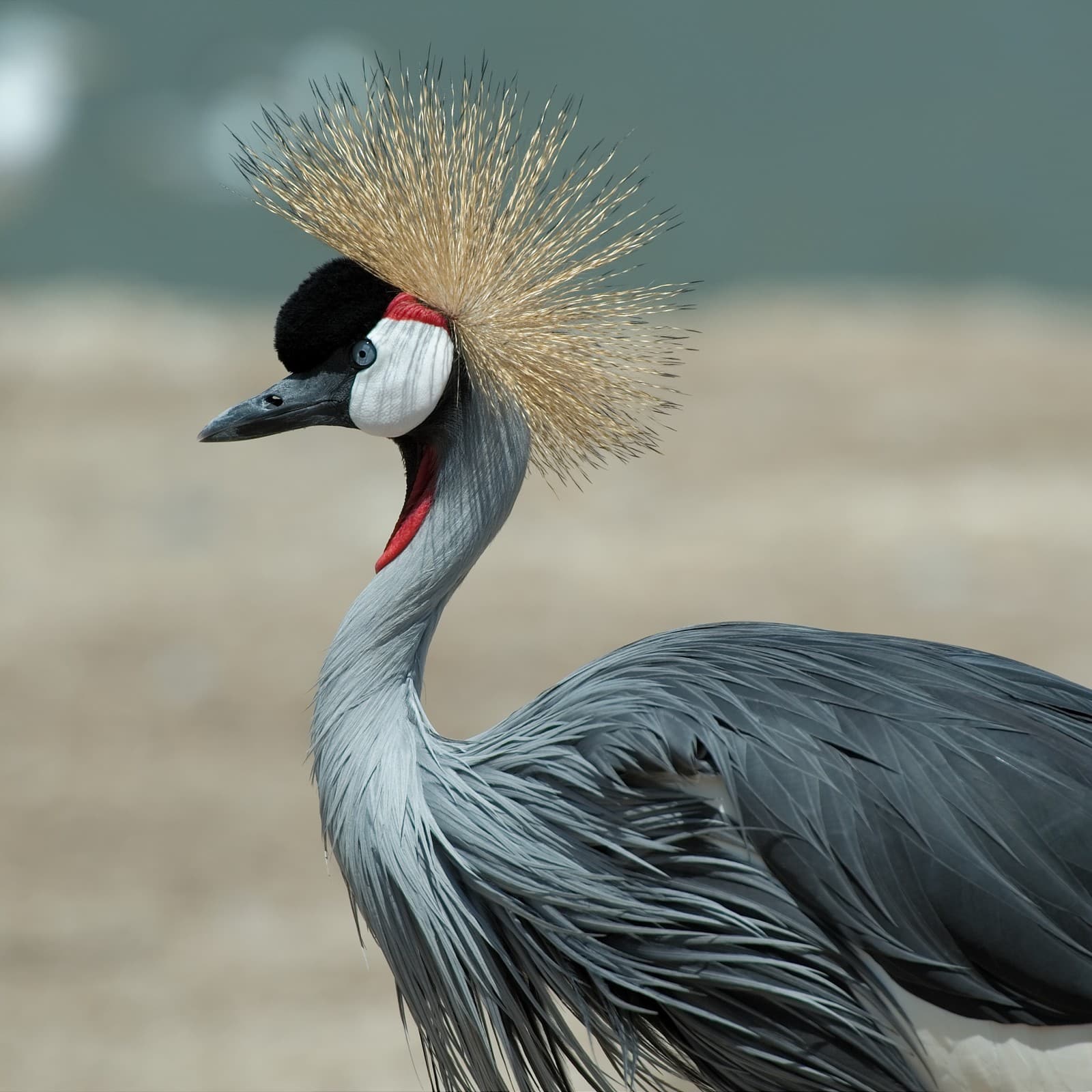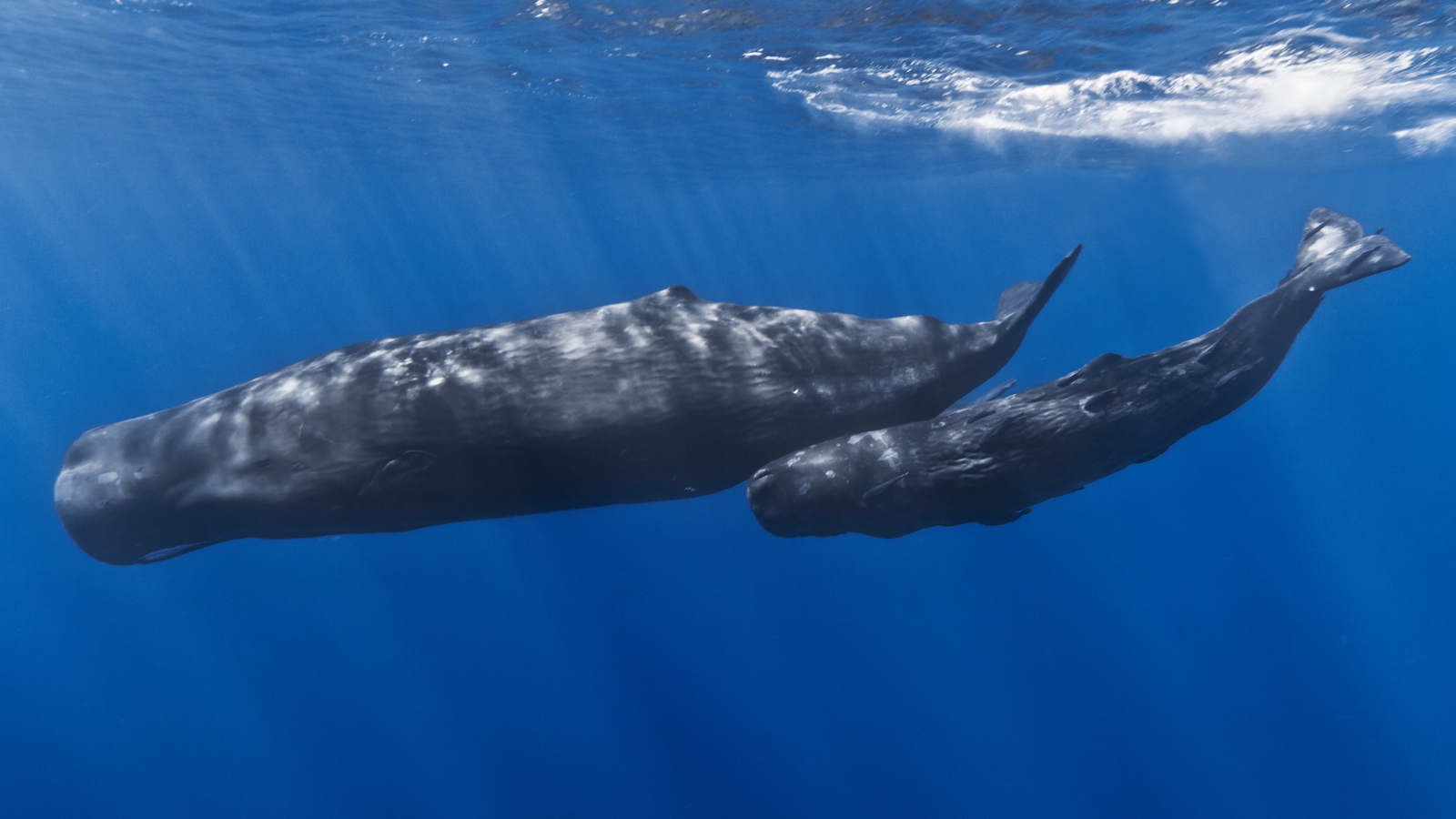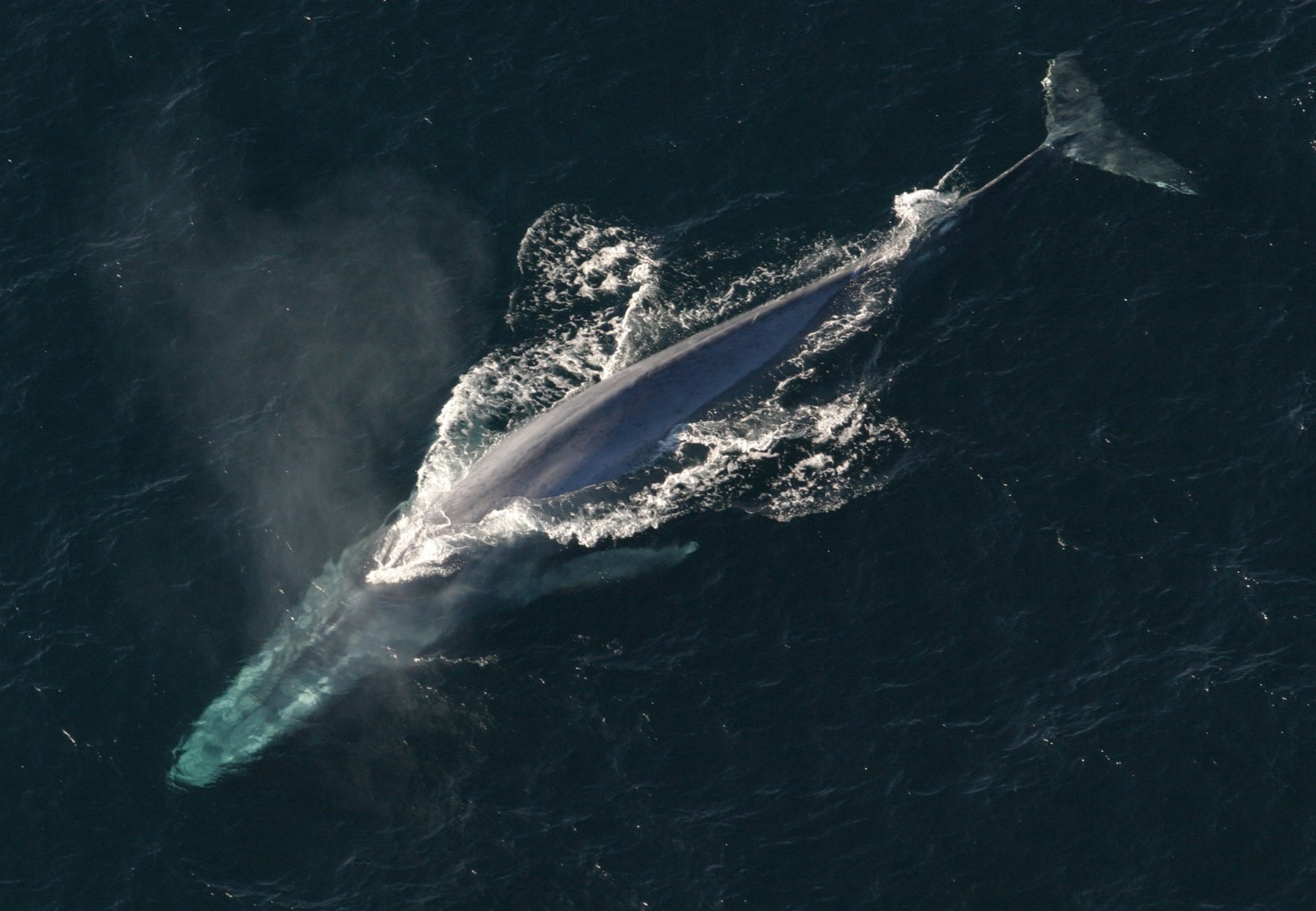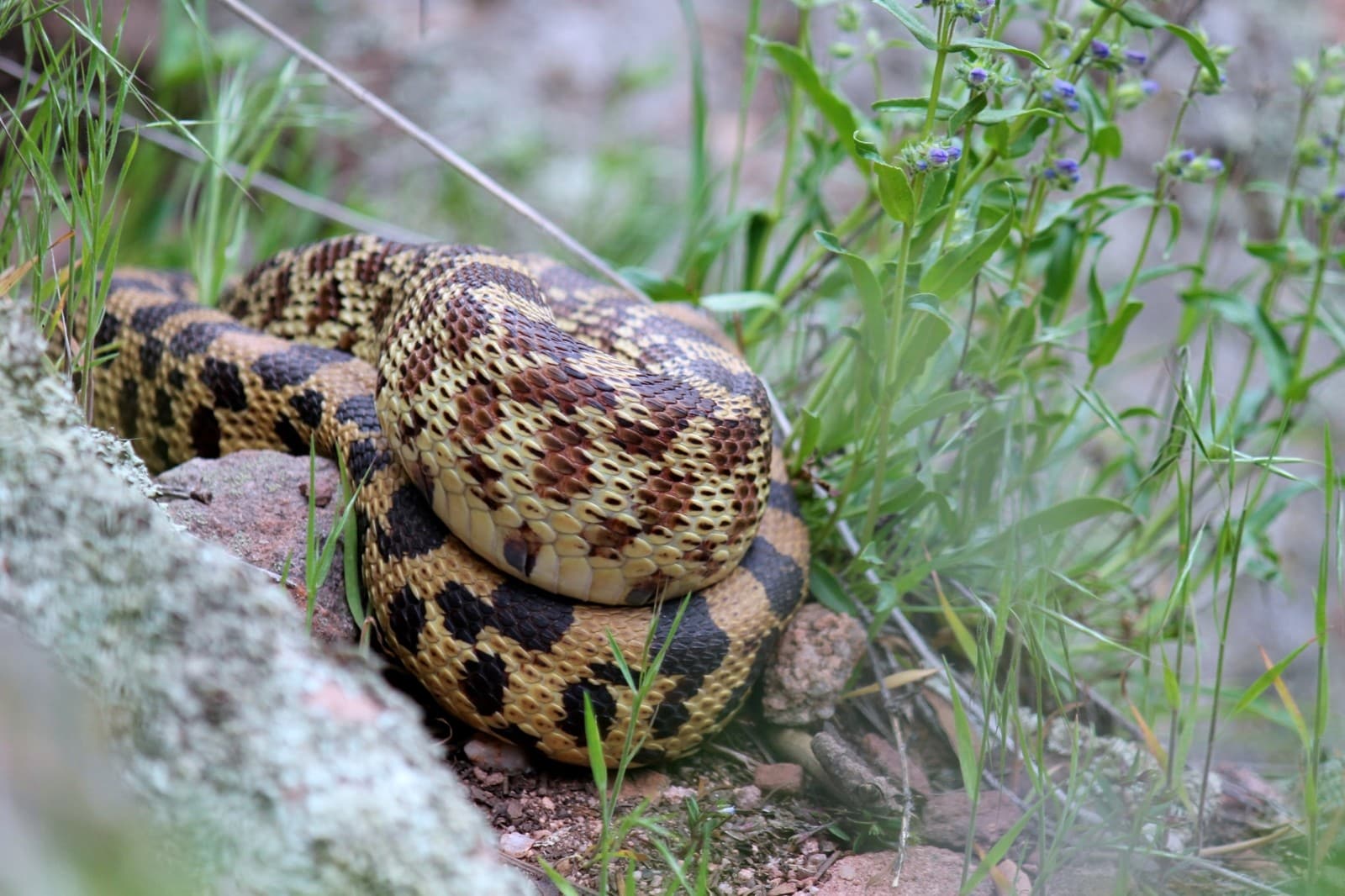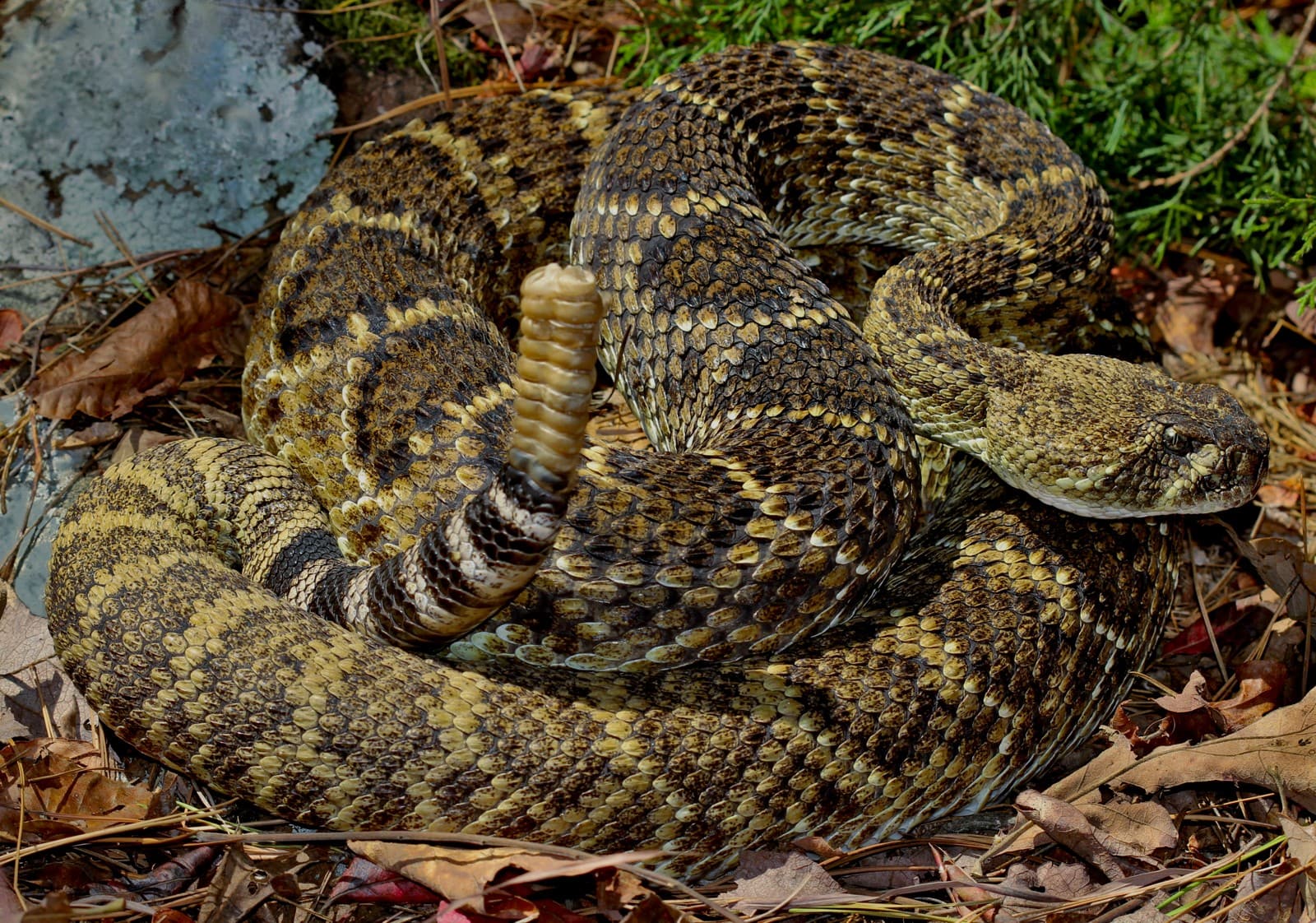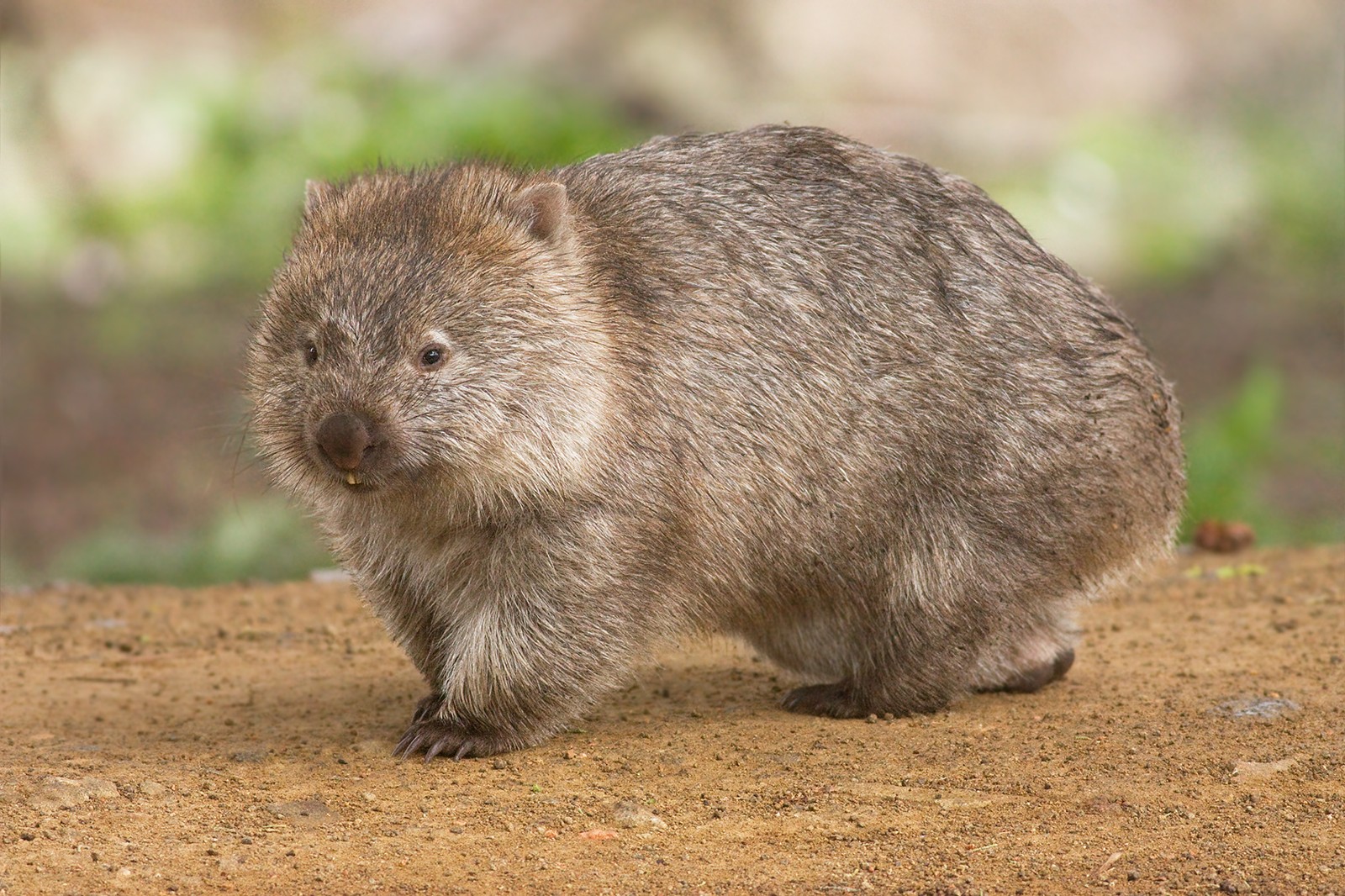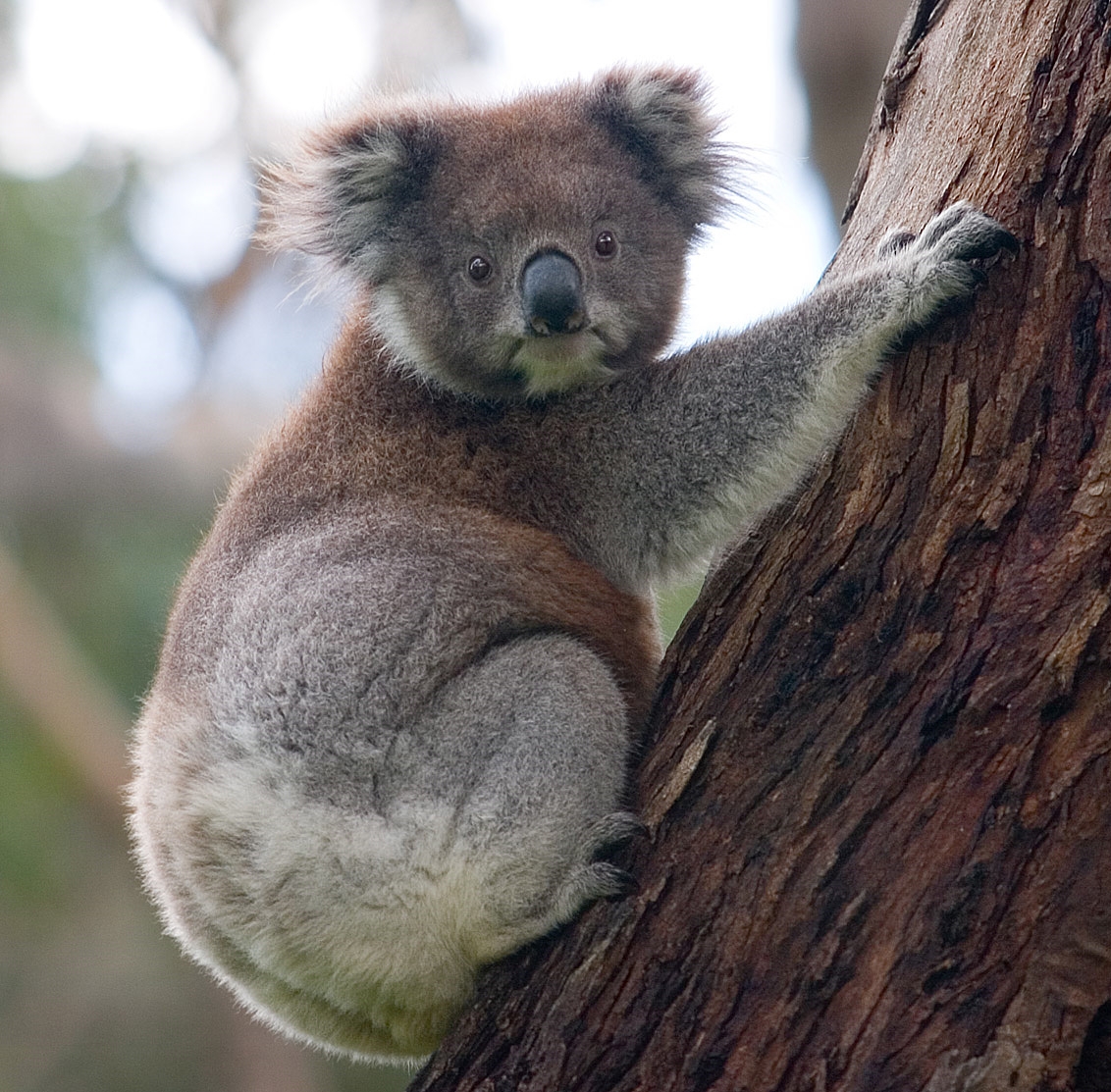Basilisk vs Iguana: A Complete Comparison
When comparing Basilisk vs Iguana species, we encounter two remarkably different members of the lizard family, each with fascinating adaptations. Basilisks, known for their extraordinary ability to run on water, typically reach lengths of 2-2.5 feet (60-75 cm), while Green Iguanas can grow significantly larger, often reaching 6.5 feet (2 meters) in total length.
These reptiles demonstrate how evolution has created specialized adaptations for different ecological niches. While both are excellent climbers, basilisks have developed unique toe fringes that enable their famous water-walking ability, earning them the nickname “Jesus Christ lizard.” Iguanas, conversely, have become master herbivores with specialized digestive systems for processing plant matter.
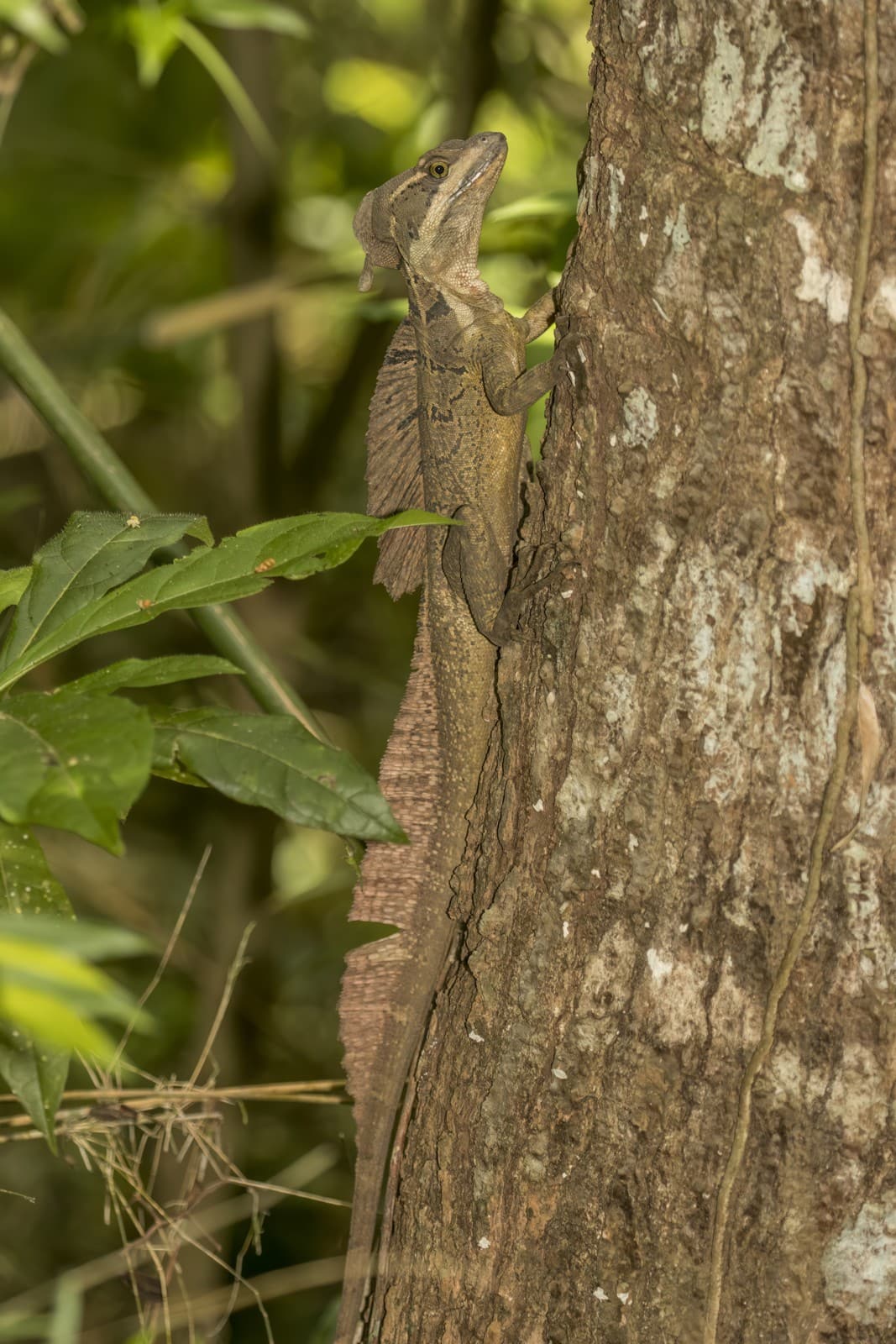
© Charles J. Sharp / CC BY-SA 4.0
The Brown Basilisk demonstrates the species’ remarkable adaptability, with specialized feet that allow both expert climbing and their signature water-running ability. Their streamlined body and powerful hind legs are perfectly evolved for their semi-aquatic lifestyle.
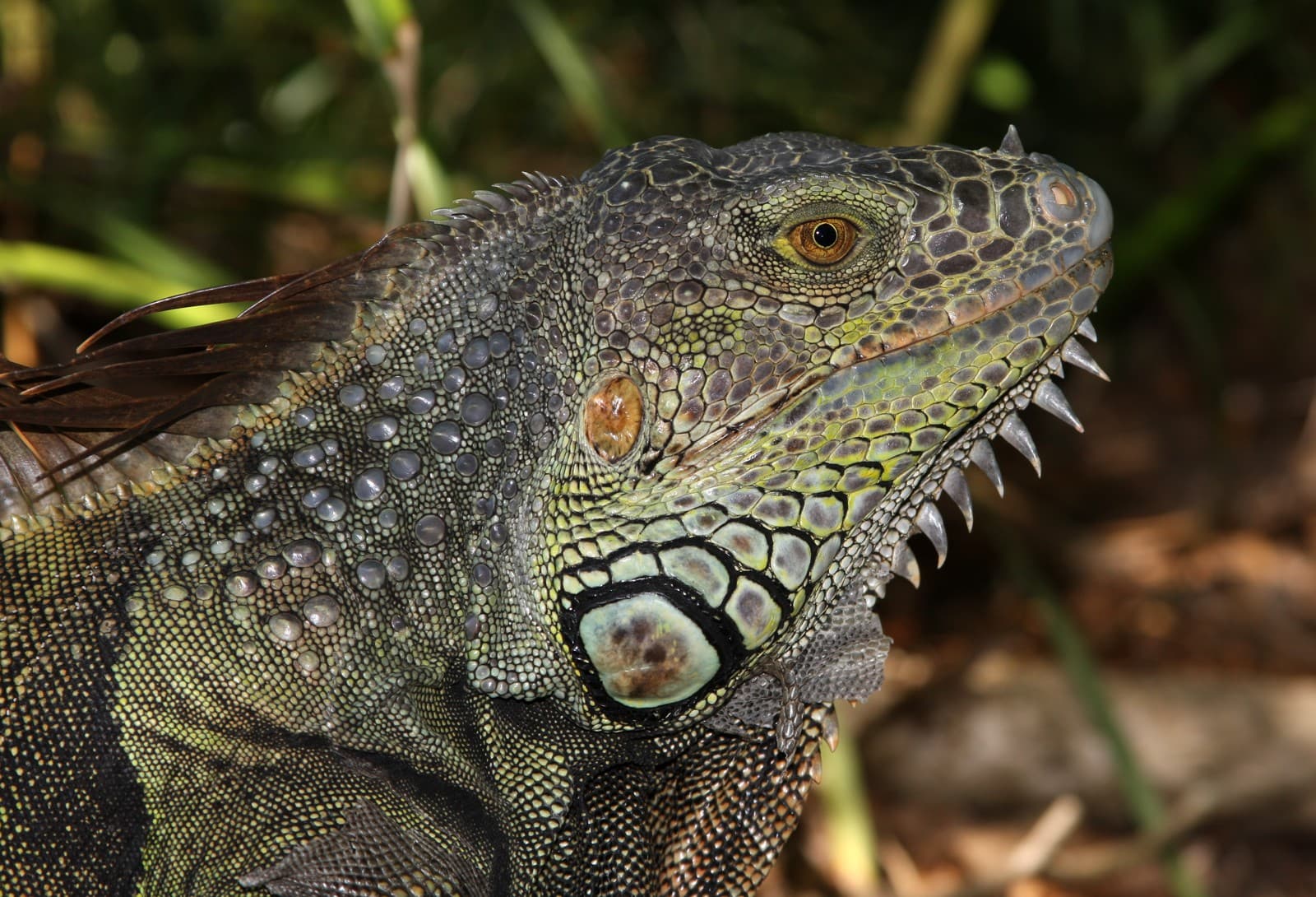
© Ianaré Sévi / CC BY-SA 3.0
The Green Iguana exhibits the characteristic features that distinguish it from basilisks, including its prominent dewlap and impressive dorsal crest. These herbivorous lizards possess robust jaw muscles and specialized dentition for their plant-based diet.
Key Differences: Basilisk vs Iguana Comparison
| Feature | Basilisk | Iguana |
|---|---|---|
| Size | 2-2.5 feet (60-75 cm) | Up to 6.5 feet (2 m) |
| Weight | 7-14 oz (200-400 g) | Up to 20 lbs (9 kg) |
| Diet | Insects, small vertebrates, fruits | Primarily herbivorous |
| Special Ability | Can run on water | Expert climber, strong swimmer |
| Habitat | Rainforest waterways | Tropical forests, coastal areas |
| Lifespan | 7-10 years | 20+ years |
Habitat and Distribution
Basilisks inhabit Central and South American rainforests, particularly near water sources. These agile lizards prefer areas with dense vegetation and access to both water and land. Green Iguanas occupy a broader range throughout tropical America, from Mexico to Brazil, and have successfully colonized various Caribbean islands.
Behavioral Differences
While both species are excellent climbers, their behavioral patterns differ significantly. Basilisks are known for their incredible ability to run across water surfaces at speeds of 5 mph (8 km/h), using specialized scales on their toes. Iguanas, though capable swimmers, are more oriented toward arboreal life, spending much of their time basking and foraging in trees.
Diet and Hunting
The dietary preferences of these reptiles highlight their evolutionary divergence:
-
Basilisks are primarily insectivorous, consuming:
- Insects
- Small fish
- Crustaceans
- Occasional fruits and flowers
-
Iguanas maintain a largely herbivorous diet, eating:
- Leaves
- Flowers
- Fruits
- Tree bark
- Marine algae (in coastal populations)
Defense Mechanisms
Both species employ different strategies for survival. Basilisks rely on their exceptional speed and ability to run on water to escape predators. Their brown or olive coloration provides excellent camouflage in their forest habitat. Iguanas, meanwhile, depend on their large size, powerful tail whips, and sharp spines for defense. They can also detach their tails if caught, though this ability is shared by both species.
Who Would Win in a Confrontation?
While natural confrontations between basilisks and iguanas are rare, the outcome would largely depend on size and context. Adult iguanas, being significantly larger and more robust, would likely dominate in direct confrontations. However, basilisks’ superior speed and agility make them better equipped to avoid such encounters entirely.
Conservation Status
Both species face similar conservation challenges:
- Habitat destruction
- Pet trade exploitation
- Climate change impacts
- Local hunting pressure
Understanding these differences and similarities between basilisks and iguanas helps highlight the remarkable diversity within reptilian evolution and the importance of preserving their natural habitats for future generations.
